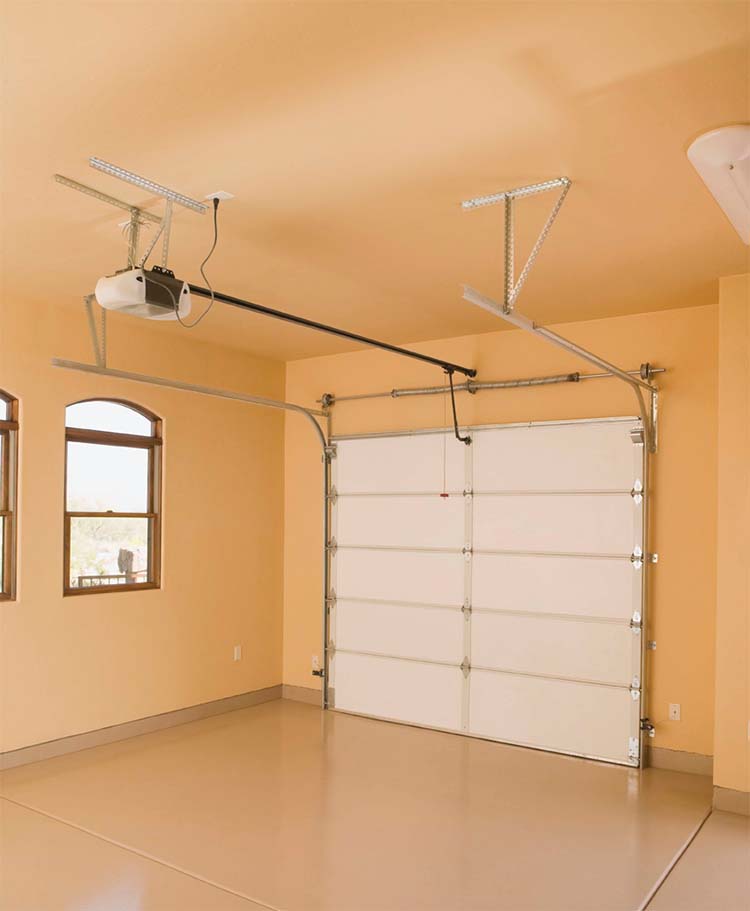The garage often serves as a multi-functional space, from parking cars to storage and even workshops. Painting your garage walls and floors can enhance its appearance, improve functionality, and protect surfaces from wear and tear. Here’s a comprehensive guide to painting your garage and achieving a professional finish.

Why Paint Your Garage?
1. Aesthetic Improvement
- Fresh paint transforms a dingy garage into a clean, organized space.
- Choose colors that complement your home’s overall style or make the garage feel brighter and more inviting.
2. Protection Against Damage
- Paint adds a protective layer to walls and floors, preventing stains, moisture intrusion, and mold growth.
- Epoxy coatings on floors provide durability and resistance to chemicals and abrasions.
3. Increased Usability
- Painted walls and floors are easier to clean and maintain.
- A well-maintained garage can even add value to your home.
Steps to Paint Your Garage
1. Prepare the Space
Preparation is key to a successful painting project.
- Clear the Garage: Remove vehicles, tools, and other items to create a clean workspace.
- Clean the Surfaces: Wash walls and floors thoroughly to remove dust, grease, and grime. Use a degreaser for stubborn stains.
- Repair Any Damage: Fill cracks or holes in walls and floors with spackle or concrete filler and sand them smooth.
- Protect Non-Painted Areas: Cover outlets, windows, and fixtures with painter’s tape. Use drop cloths to protect the floor if you’re only painting the walls.
2. Choose the Right Paint
For Walls and Ceilings
- Use latex or acrylic paint for walls and ceilings, as they are durable and easy to clean.
- Opt for a satin or semi-gloss finish to resist dirt and moisture.
For Floors
- Use an epoxy-based paint for durability and a slip-resistant finish.
- Choose a color that hides dirt but also matches the overall aesthetic of your garage.
3. Apply Primer
- Why Prime? Primer helps paint adhere better, especially on bare concrete or previously unpainted drywall.
- Application Tips: Use a roller for large areas and a brush for edges and corners. Allow the primer to dry completely before applying paint.
4. Paint the Walls and Ceiling
- Start with the ceiling to avoid dripping onto freshly painted walls.
- Use a roller for large sections and a brush for detailed areas.
- Apply two coats for even coverage, allowing the first coat to dry before applying the second.
5. Paint the Floor
- Prepare the Surface: Ensure the floor is clean and dry. Use an etching solution on concrete to create a surface that paint can adhere to.
- Apply the Epoxy Paint: Use a roller with an extension pole for even application. Work in small sections and use a brush for edges.
- Add Texture: Sprinkle color flakes or non-slip additives while the paint is still wet for added texture and safety.
6. Let It Cure
- Allow painted walls and floors to cure completely before moving items back into the garage. Epoxy floors may require several days to cure fully.
Maintenance Tips
- Clean walls and floors regularly to maintain their fresh appearance.
- Touch up chips or scratches promptly to prevent further damage.
- Reapply epoxy coatings to the floor every few years for optimal durability.
Painting your garage is a worthwhile investment that enhances its functionality, appearance, and longevity.
